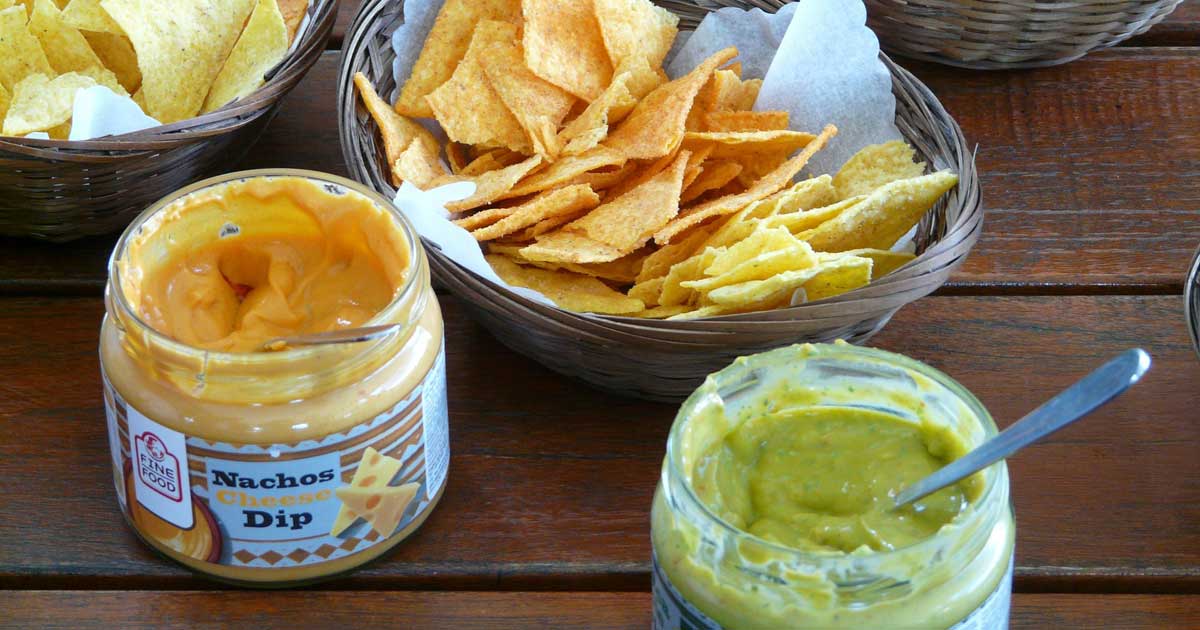The etiquette of the buffet or any communal eating situation requires some considerations that reflect some of our requirements for safe practice and good infection control.
I hadn’t really thought about it until watching the SAS: Who Dares Wins series last year (new series starts soon) – which is, maybe, a tangent too far, too soon, even for me, so let’s back track to see how I ended up there.
Reservoirs
Dips for nachos, pots of Sudocrem and large KY Jelly tubes can all easily become reservoirs of bacteria.
I’m not sure if taking swabs to a buffet is the done thing, but using a gloved hand to remove what you need to use of Sudocrem or KY Jelly and putting it on to a swab (to prevent returning to and contaminating the remaining product once you’ve touched the patient) is a basic veterinary nursing rule. It’s also a necessary life skill to preserve the sanctity of guacamole from its overpoweringly flavoured friends of salsa and sour cream.
What is this issue I’m speaking of? Why it’s double dipping.
Double dipping
In one clinic I worked in, we had lunch provided for us and my overriding memory of the head nurse was her almost daily recital of “no double dipping” – not over lubricants or skin creams, but over the taramasalata that sometimes appeared for lunch…
“KY Jelly: too ostentatious in a dish?” as Victoria Wood once said – but it’s a serious matter for infection control. Giant pots of Sudocrem or large tubes of KY can last for some time, so if you’re the person who takes the end of a “clean” thermometer and pops it into the open tube to lube it then this blog is for you… It’s all bums and lube from here on in.
Vaseline
Then there came the moment on SAS: Who Dares Wins when I realised it wasn’t just me… when Louise the midwife raised the important issue of double dipping in the shared Vaseline pots… her immortal and important words were: “One for a****s and one for lips right? No double dipping.”
And it was then I realised how key “no double dipping” was to my life as a vet nurse, and identifying where double dipping may occur was a key skill, not just a life hack.
Barrier nursing
We think of barrier nursing, or reverse barrier nursing, as being required for the most vulnerable or sickest of patients, yet we need to create a barrier between all our patients. This is why we clean tables between patients and disinfect otoscope and dental gags.
Gags and otoscopes might be going into grubby spaces, but they can’t carry anything from the previous patient with them. While cleaning these items is straightforward, thermometers add another layer…
What’s with the lube?
Yes, we’re back to the KY Jelly. We need it, we use it daily, yet etiquette with it could be better. How many people do a sneaky double dip? Picking up what they hope is a fully cleaned thermometer and sticking it in the end of the tube instead of putting a little bit on a clean, gloved finger or a swab first?
Grim.
I think we should always follow Louise’s mantra… “no double dipping”.

Leave a Reply